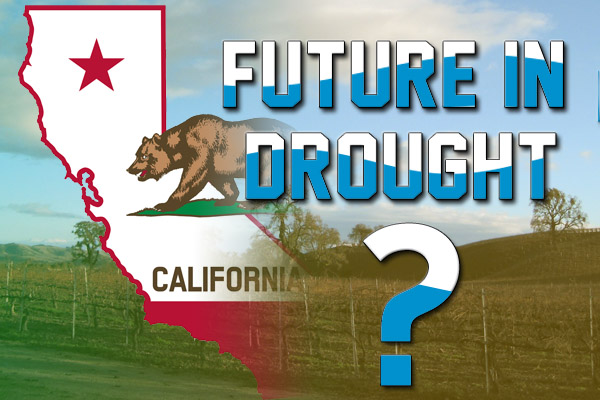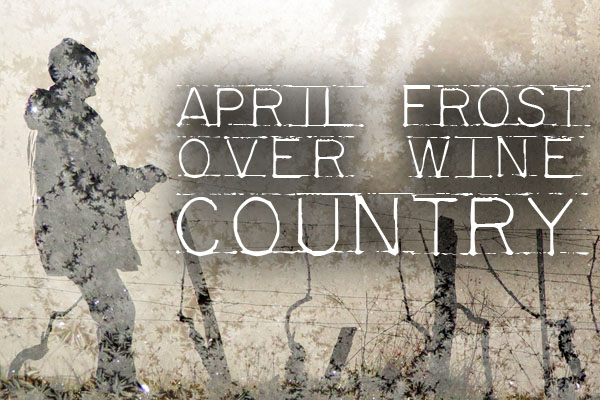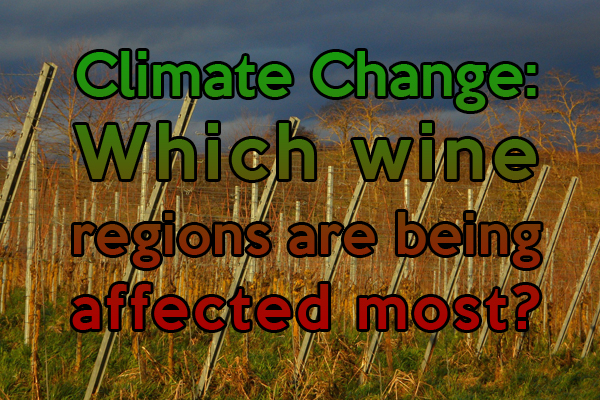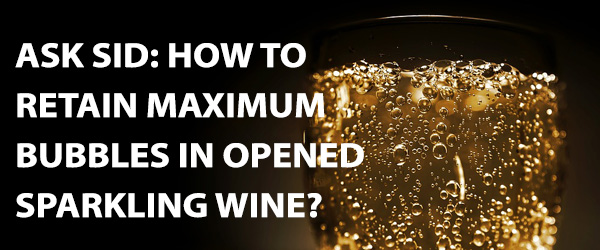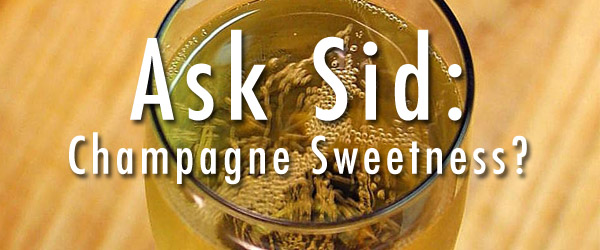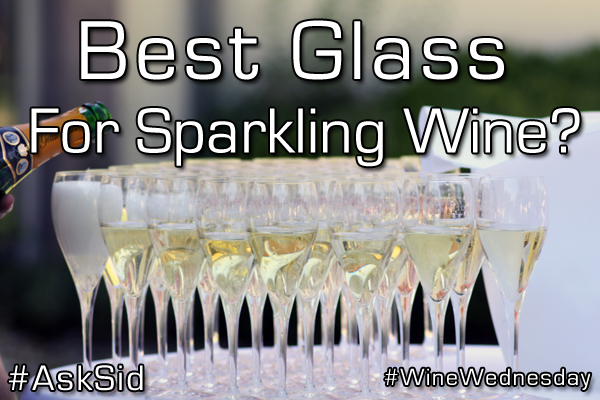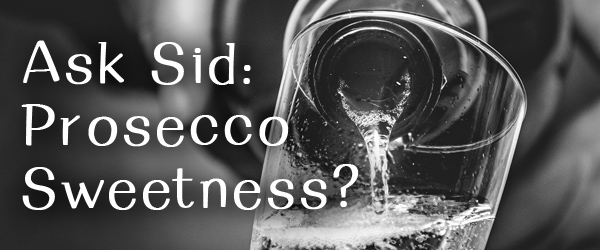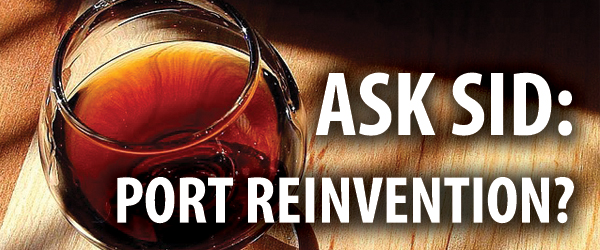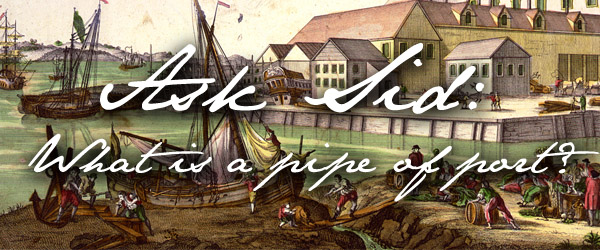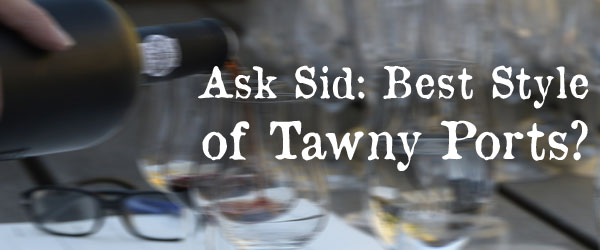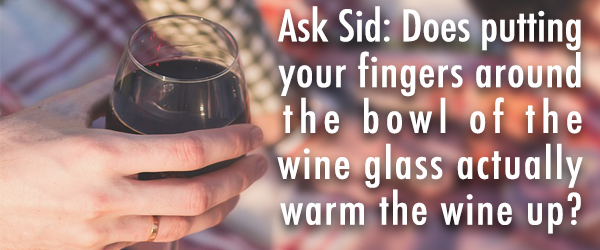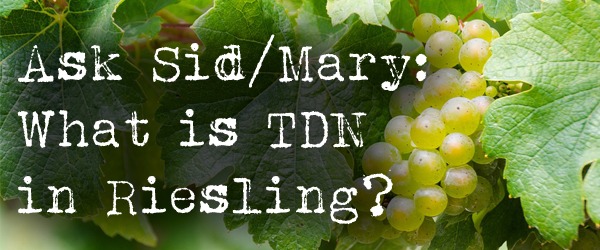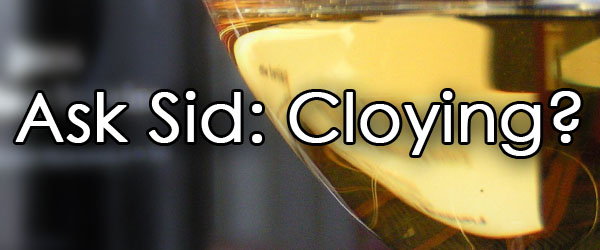 |
 |
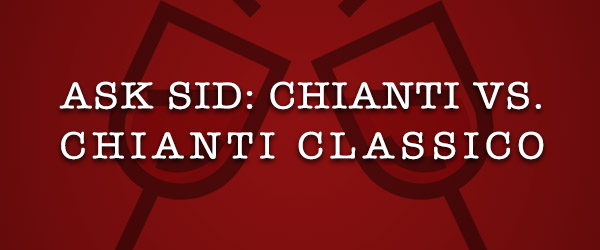
Question: Is there difference between Chianti and Chianti Classico?
Answer: Yes indeed. Confusing similar names but they are 2 distinct and separate DOCGs with 2 different sets of production regulations, production zones and consortiums for the protection of the wine. Chianti is from a much broader far reaching planting area in Italy while Chianti Classico is focused on a very specific zone of 70,000 acres between Florence & Siena. Chianti has lower minimum alcohol levels of 10.5 (annata) & 11.5 (riserva) of 70-100% Sangiovese and up to 30% authorized red grape varieties but still allowed to use up to 10% white grapes. Chianti Classico has minimum alcohol of 12 (annata), 12.5 (riserva), and 13 (gran selezione) using 80-100% Sangiovese with up to 20% authorized red grape varieties but white grapes no longer permitted. Only Chianti Classico is entitled to be identified with that historic Black Rooster symbol on the bottle.
You might also like:
 |
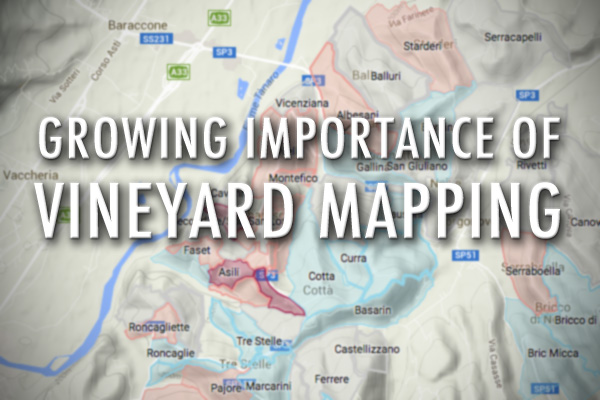 |
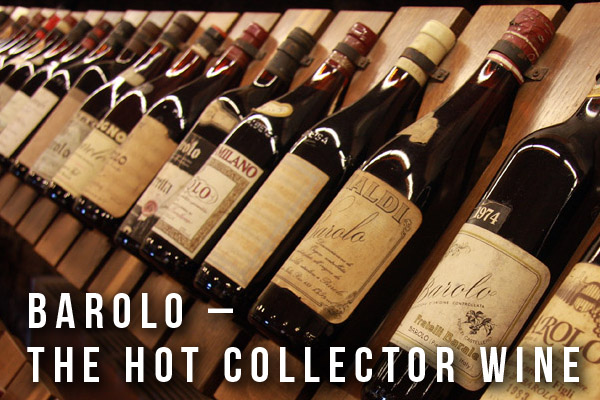 |

